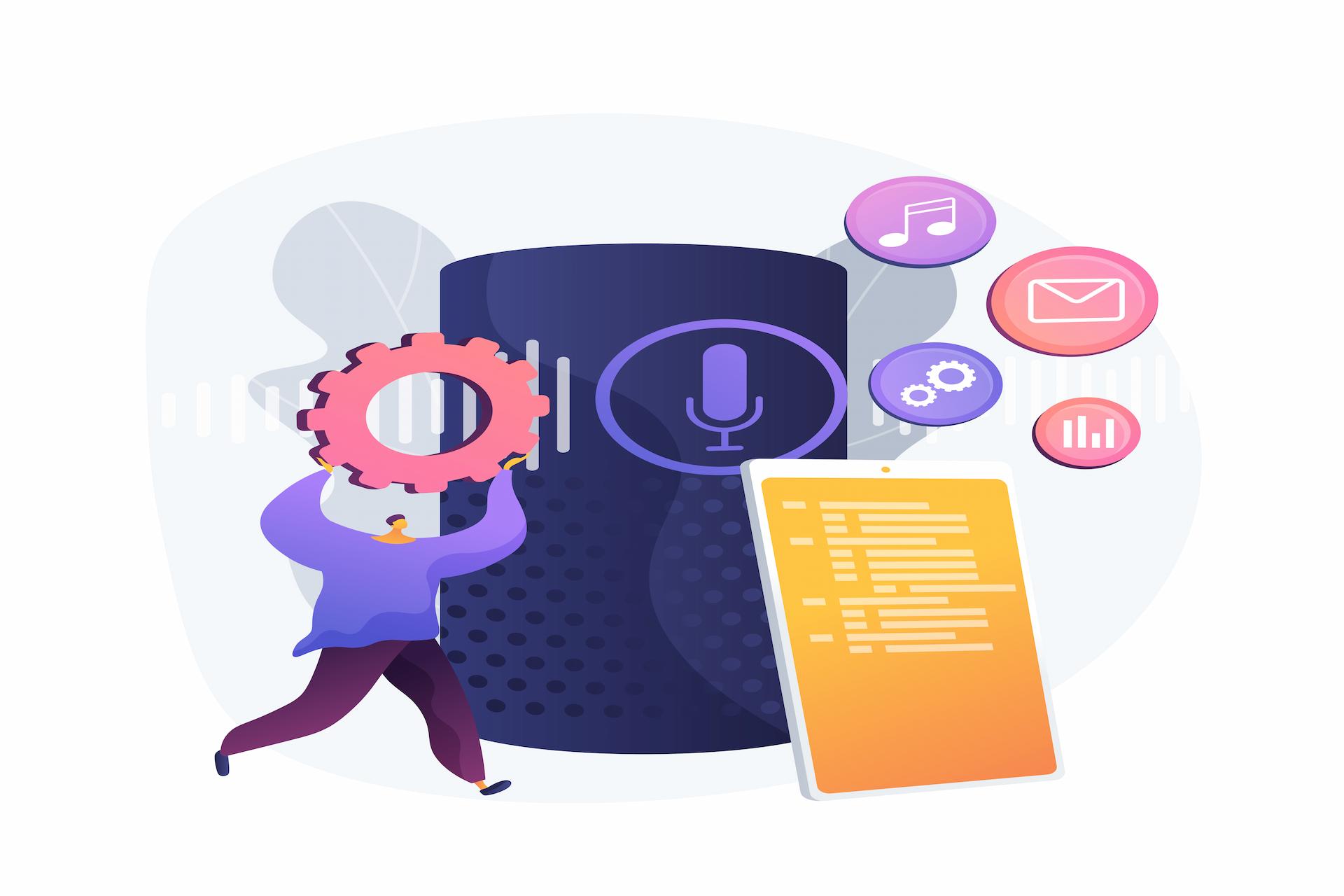In the symphony of technological innovation, one instrument stands out with its melodic and conversational notes: AI voice computer programs. These sophisticated systems are redefining the way we interact with machines, bringing a harmonious blend of convenience and efficiency to our digital experiences.
The Evolution of AI Voice Technology:
From Sci-Fi Dreams to Reality:
The concept of conversing with machines has long been a fascination in science fiction. Today, AI voice computer programs have turned this vision into reality, enabling users to engage with technology using natural language.
Speech Recognition Breakthroughs:
Advances in speech recognition technology have been pivotal in the development of AI voice programs. Machines are now adept at deciphering spoken words with remarkable accuracy, transcending language barriers.
Key Features and Capabilities:
- Natural Language Processing (NLP):
AI voice programs leverage NLP to understand and interpret human language, enabling seamless and contextually rich conversations.
- Personalized Interactions:
These programs are designed to learn and adapt to individual users, providing personalized responses and catering to unique preferences.
- Multi-Functional Applications:
From virtual assistants like Siri and Google Assistant to voice-activated commands in smart homes, AI voice programs serve diverse functions, enhancing user convenience across various domains.
- Accessibility and Inclusivity:
Voice-driven interfaces make technology more accessible for individuals with disabilities, fostering inclusivity in the digital realm.
Practical Applications:
- Virtual Assistants Redefined:
AI voice programs have transformed virtual assistants into dynamic, conversational entities that can perform tasks, answer questions, and even engage in casual dialogue.
- Smart Homes and IoT Integration:
Voice commands empower users to control smart home devices, adjust settings, and access information, making the Internet of Things (IoT) more intuitive.
- Customer Support and Interaction:
Businesses are integrating AI voice systems into customer support channels, providing instant assistance and enhancing the overall customer experience.
Challenges and Considerations:
- Privacy Concerns:
As AI voice programs process and store voice data, privacy considerations become paramount. Striking the right balance between personalization and privacy is an ongoing challenge.
- Accent and Language Variations:
Ensuring accurate comprehension across diverse accents and languages remains a hurdle, requiring continuous improvement in linguistic capabilities.
The Future Harmony of AI Voices:
- Emotional Intelligence:
Future developments may infuse AI voice programs with emotional intelligence, allowing them to recognize and respond to human emotions, creating more empathetic interactions.
- Cross-Platform Integration:
As technology evolves, AI voice programs are likely to seamlessly integrate across various platforms, creating a unified and interconnected user experience.
Closing Notes:
In the grand symphony of technological progress, AI voice computer programs take center stage, transforming the way we communicate with our devices. As these programs continue to evolve, the harmony between humans and machines becomes increasingly intricate, offering a glimpse into a future where our voices unlock a world of possibilities. The melody of AI voices is only beginning, and the next movements in this technological symphony promise to be even more captivating.


No comments yet